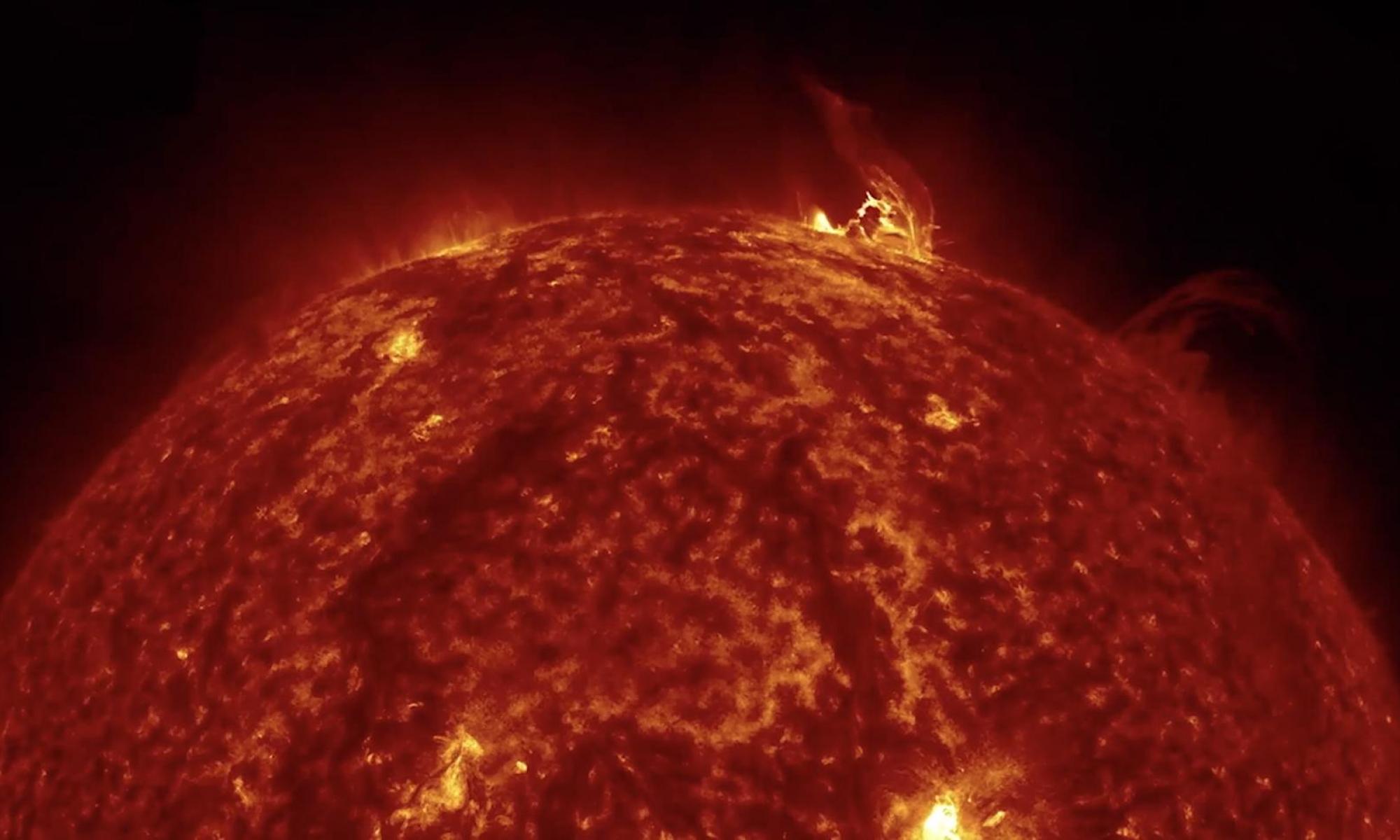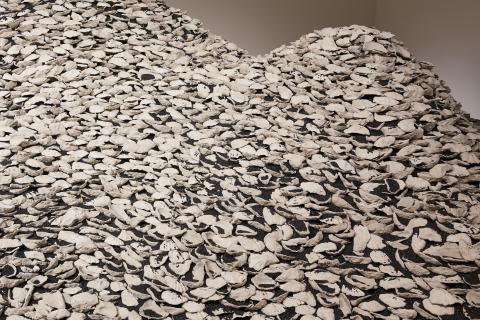Between Nothingness and Infinity
Yesterday, awakening to the world, I saw the sky turn upon itself utterly and wholly. I wanted to rise, but the disemboweled silence fell back upon me, its wings paralyzed. Without responsibility, straddling Nothingness and Infinity, I began to weep.
—Frantz Fanon, Black Skin, White Masks [1]
A black hole forms when a star collapses under its own gravity, producing an unrepresentable void—a dense space of nothingness that exceeds capture. The void that emerges from this moment of intense exhaustion can only be known by the event horizon that extends from it, a boundary that contains the paradoxical possibilities of nothingness and infinity that is implied in the endlessness of space and time. Can an abyss index multiplicity rather than absence? Can nothingness be a beginning rather than ending?
[1] Frantz Fanon, Black Skin, White Masks, Charles Lam Markmann (trans.), Pluto Press, London, 1986, p. 108.
Title Image:
Arthur Jafa
Still from Love is the Message, The Message is Death, 2016
Courtesy of the artist and Gavin Brown’s enterprise, New York/Rome
/div>




